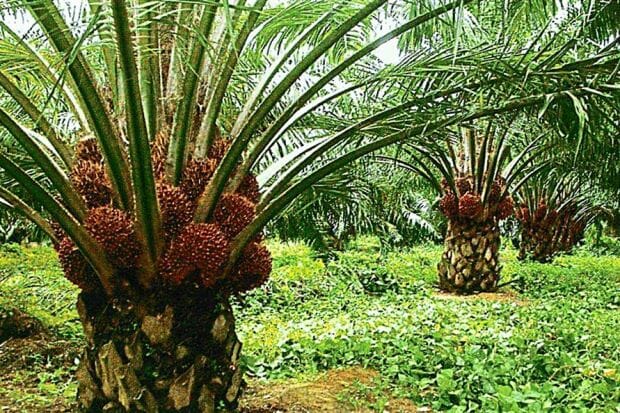There was a marked improvement in earnings delivery by the palm oil sector in the recently-concluded 2QCY23 results season, vs. a washout in the preceding quarter, with 10%/50%/40% coming in above/within/below our forecasts, vs. 11%/89% coming in above/below in the preceding quarter.
Whilst CPO traded between RM3,500 to RM4,000 per MT for the past six months, the first quarter earnings disappointed as input costs shot up as some production remained disrupted by lingering labour shortfall. Research house Kenanga said consequently, earnings expectations were cut. Despite first-quarter earnings downgrade, the recent second-quarter earnings still proved disappointing. 2QCY23 edible oil prices, including CPO, were unusually weak and palm oil production stayed costly with downstream operations in losses or barely profitable.
Thanks to a combination of higher production, lower input costs, and relatively firm selling prices, plantation earnings should fare better in the 2H of 2023. Historically, about 55% of annual crude oil palm is harvested in the second half of the calendar year with Sept or Oct (occasionally in Nov or Aug) registering the best monthly output. This translates to 20% more output in the 2H to absorb relatively higher fixed estate cost compared to 1H. Input costs, such as fertiliser and diesel have also eased YoY. Fertiliser cost is about 40% below the peak in 2QCY22 but still 50% above the 10-year average. The energy cost has eased as well but higher wages will stay sticky.
Palm kernel, a side product of milling FFB to extract CPO, is sold to help offset CPO production costs. While CPO is mostly consumed as food, hence more resilient demand, PK ends up in personal care, cosmetics, and industrial products which are currently facing slower off-take due to overstocking during the pandemic as well slower economic outlook.
Consequently, recent PK oil (PKO) prices have been trading more or less at par with CPO prices instead of at the normal 20%−30% premium. In turn, PK sale proceeds used to lower CPO production costs have shrunk. PK and PKO inventories should eventually adjust but this will occur more likely in 2024 rather than this year.









